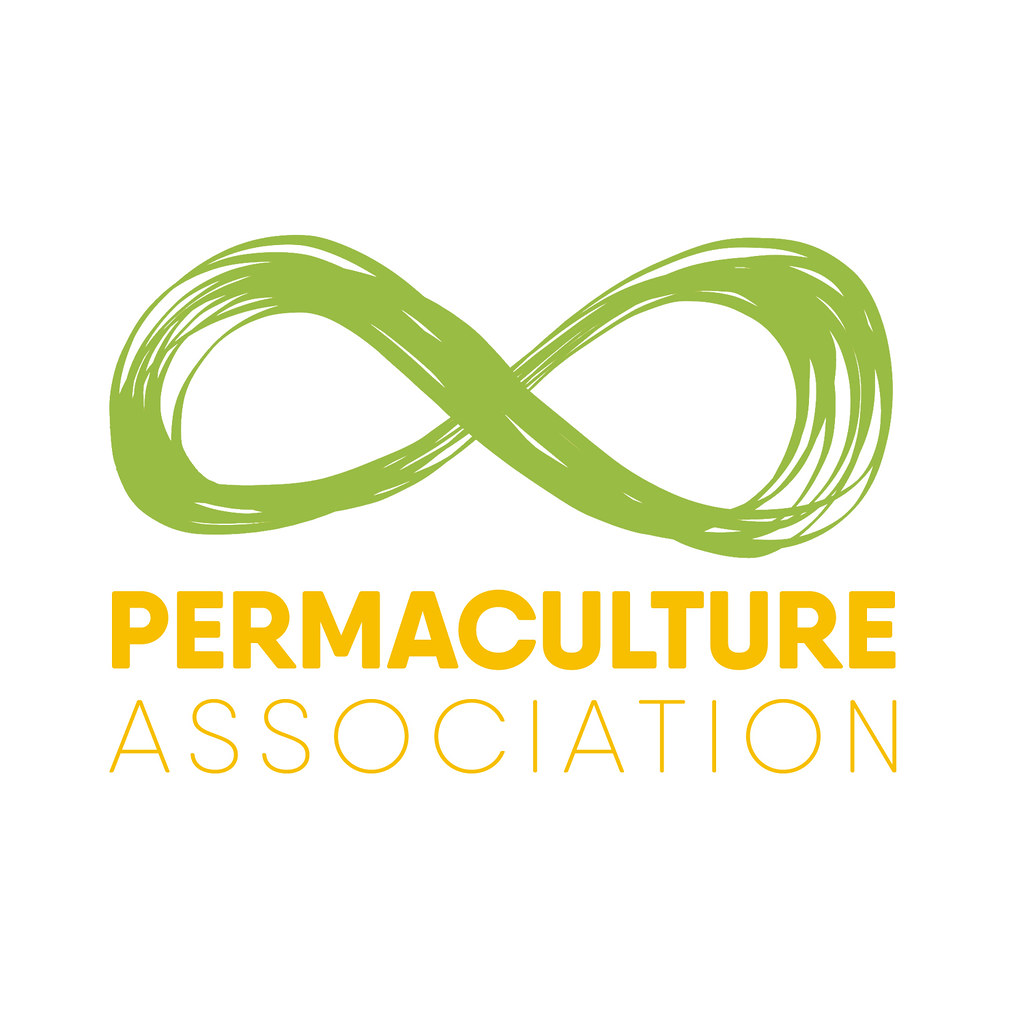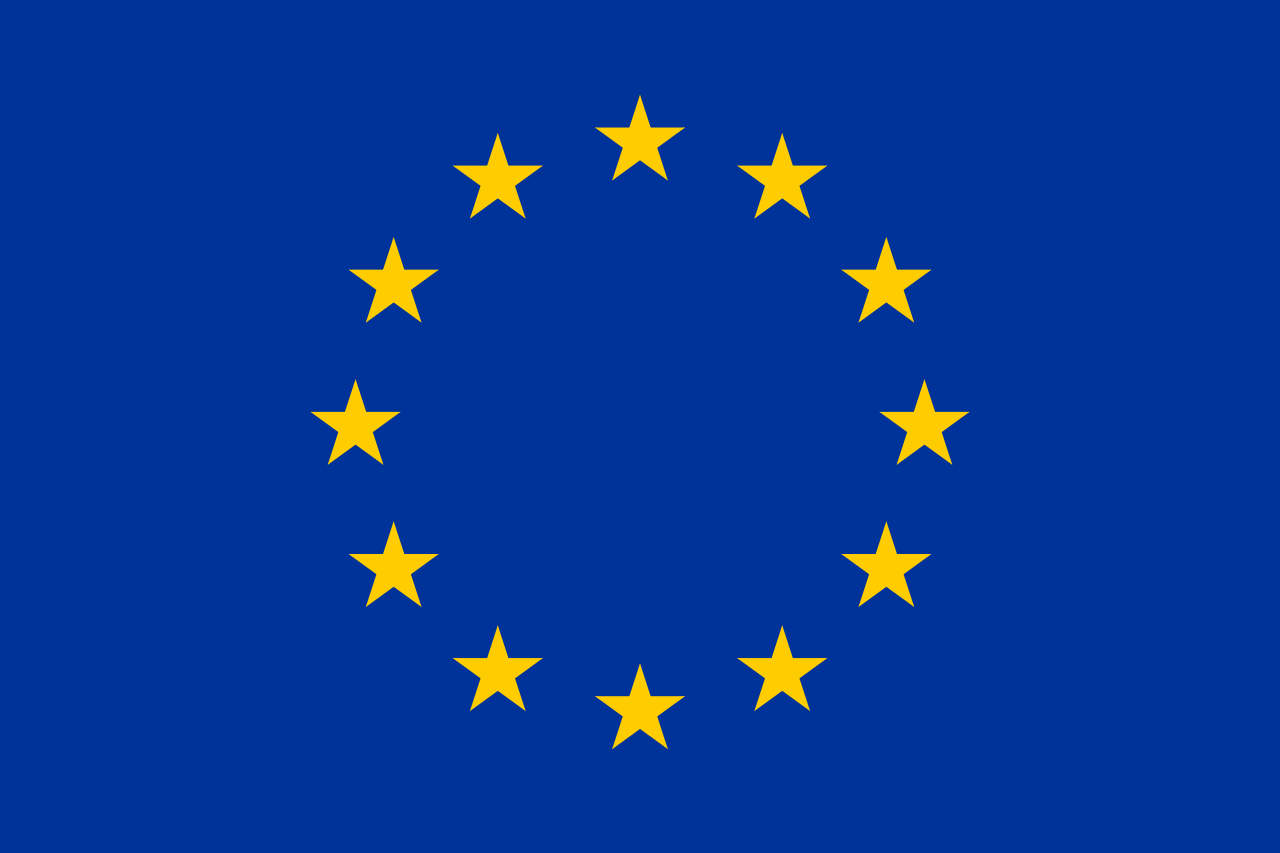Pollinators are vital for growing crops and there are many different ways to attract beneficial insects to your plot.
Flowers
Flower strips or fields are a great way to improve the abundance and diversity of pollinators around your growing area, such as wild bees, bumblebees, butterflies and hoverflies. Wild bees, including bumblebees, are the heroes of pollination and more efficient than honey bees.
See 'Key practices for growing ecosystems' to determine what kind of flower strip fits your context best. This infosheet includes further details on: sown flower strips
; flowering cover crops in orchards;
legumes
; and grassland with forb flowers.
Hedgerows
Compared with flower strips, hedgerows provide longer-term sheltered habitats for some native woodland and woodland-edge pollinator and wildlife species. Hedgerows, like other non-cropped habitats, support greater numbers of beneficial insects, birds and mammals than simple landscapes. However, hedges may also pose considerable barriers for pollinators to move between more open landscapes and fields.
Wild areas
Only the preservation and restoration of (semi) wild habitats, including wildflower strips, forests, shrubs and grassland will maintain the overall diversity of native pollinator and wildlife communities. This provides more forage and nesting possibilities, facilitating the movement of pollinators.
Depending on their size, shape and distance from each other, flower strips, hedgerows and other wild or densely vegetated areas can become so-called 'stepping stones', bio-corridors or permanent habitats for wildlife and pollinators.
Read more here - This links to a review of the academic literature and includes sources of evidence.

This text is based on an academic literature review by Pavlo Ardanov as part of our collaborative GROW Observatory project.
 The GROW Observatory has received funding from the European Union's Horizon 2020 research and innovation programme under grant agreement No 690199.
The GROW Observatory has received funding from the European Union's Horizon 2020 research and innovation programme under grant agreement No 690199.